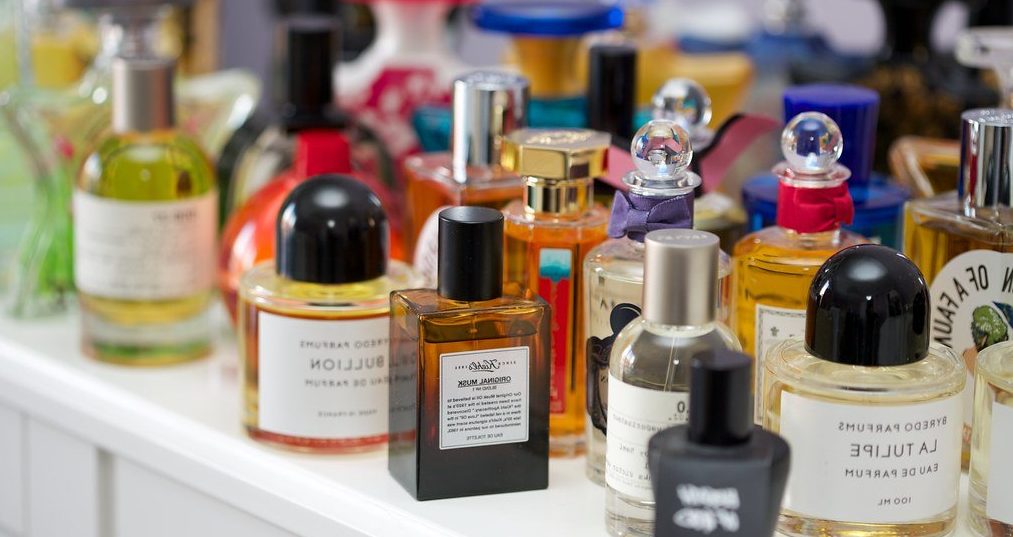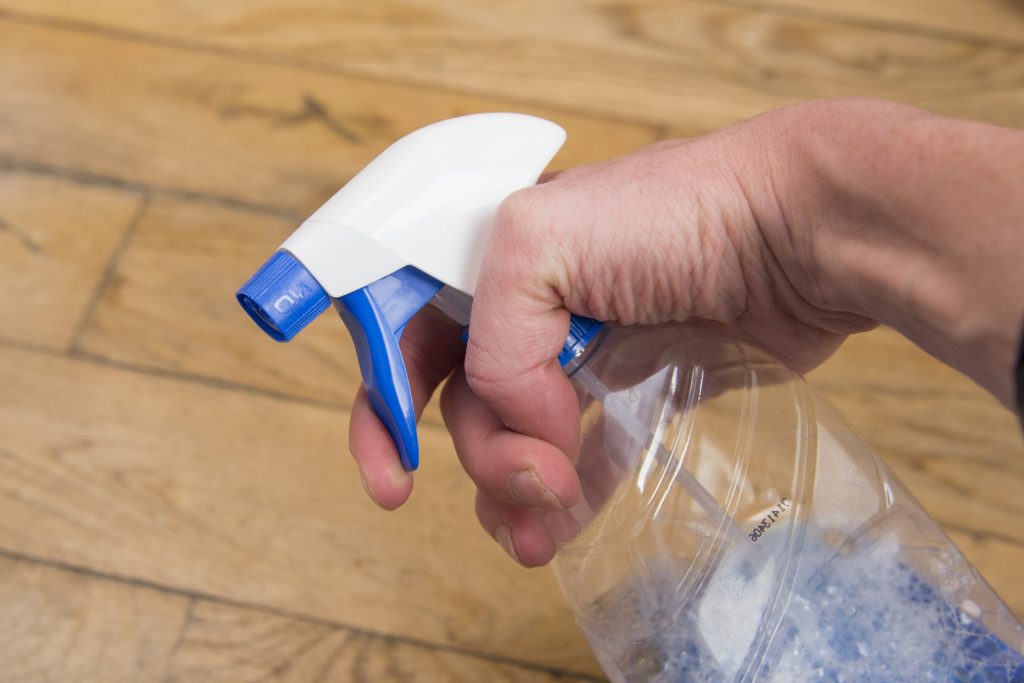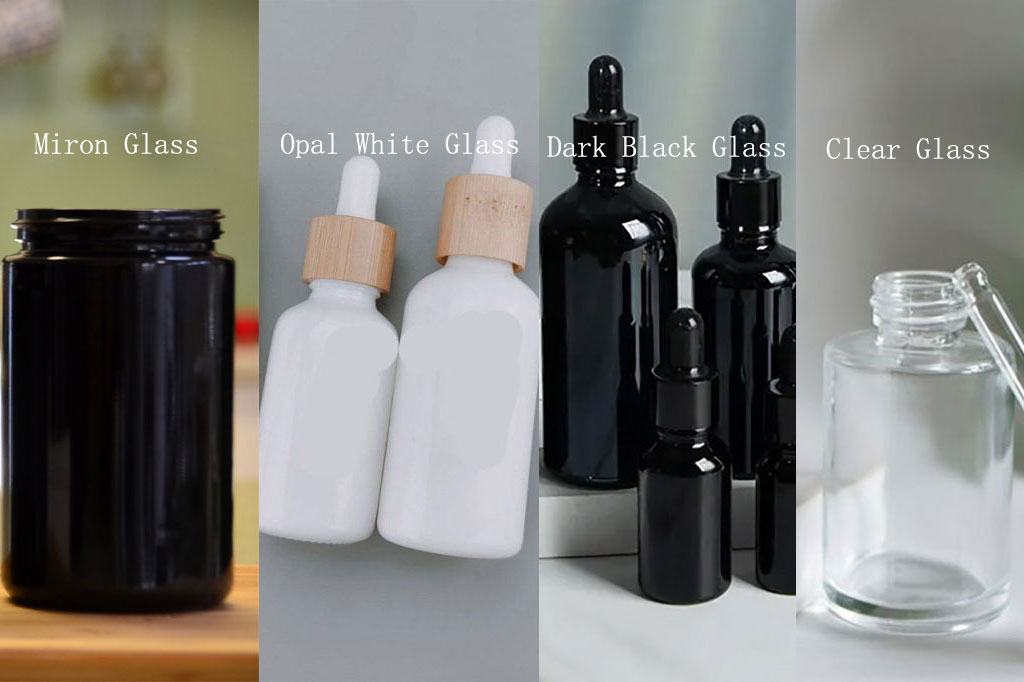Injection molding is a crucial manufacturing process for producing PET (Polyethylene Terephthalate) plastic bottles, widely used in packaging due to PET’s exceptional unique chemical and physical properties.
However, achieving high-quality PET plastic bottles requires meticulous attention to several key factors throughout the molding process.
In this article, we will explore 6 essential considerations and processes to optimize the injection molding of PET plastic bottles.
1. Plastic Processing
PET’s molecular structure includes ester groups, making it susceptible to hydrolysis when exposed to moisture at high temperatures. This sensitivity necessitates thorough drying of PET resin before processing.
Typically, drying temperatures of around 150°C to 170°C for several hours are recommended to ensure moisture levels are below critical limits.
The air shot method is employed to verify dryness, crucial for preventing molecular degradation, discoloration, and brittleness in the final product.
Moreover, the use of recycled PET should be limited to less than 25% and requires equally stringent drying to maintain material integrity.
2. Selection of Injection Molding Machine
Choosing the right injection molding machine is pivotal for PET processing due to its high melting point and rapid cooling characteristics.
Optimal machine selection involves considerations such as precise temperature control capabilities across multiple zones to minimize thermal variations.
The machine’s injection volume should be at least two-thirds of the product’s actual weight to ensure consistent and uniform filling during the short stabilization window of molten PET.
3. Mold and Gate Design
PET plastic bottles are typically molded using hot runner systems to facilitate efficient material flow and minimize wastage.
Mold design should incorporate a heat shield between the mold and machine template to withstand high pressures and thermal cycling.
Adequate venting is crucial to prevent localized overheating or air entrapment, which can lead to defects like flash formation.
Careful attention to gate design helps optimize flow paths and minimize stress points in the molded parts.
4. Melting Temperature and Control
Maintaining precise melting temperatures is critical for achieving uniformity and quality in PET bottle production.
Our recommended melting temperature ranges between 270°C to 295°C, with adjustments made for reinforced PET formulations, which may require temperatures up to 315°C.
Temperature control is typically monitored and adjusted using the air shot method to verify consistency and avoid thermal degradation during prolonged processing cycles.
5. Injection Speed and Pressure
Balancing injection speed is crucial to prevent premature cooling and ensure complete mold cavity filling. While faster injection speeds are generally preferred to maintain flow consistency, excessive speeds can lead to material degradation and increased part fragility due to high shear rates.
Injection pressures are typically set below 100 bar to minimize wear and maintain process stability, adjusted based on mold complexity and material viscosity.
6. Residence Time and Maintenance
PET’s sensitivity to prolonged heat exposure necessitates strict control over residence times within the injection molding barrel. Extended residence times can lead to molecular weight reduction and degradation, impacting product strength and clarity.
During extended shutdowns exceeding 15 minutes, purging with low-viscosity polymers like PE is recommended to prevent thermal degradation and ensure consistency upon resuming production.
Final Words
In conclusion, optimizing the injection molding process for PET plastic bottles demands meticulous attention to material preparation, machine selection, mold design, and process control. By adhering to these guidelines, manufacturers can achieve consistent product quality, enhance operational efficiency, and mitigate potential defects.
Continuous monitoring of process parameters and adherence to best practices are essential for meeting stringent quality standards in PET bottle production, ensuring reliable performance and consumer satisfaction in diverse packaging applications.






